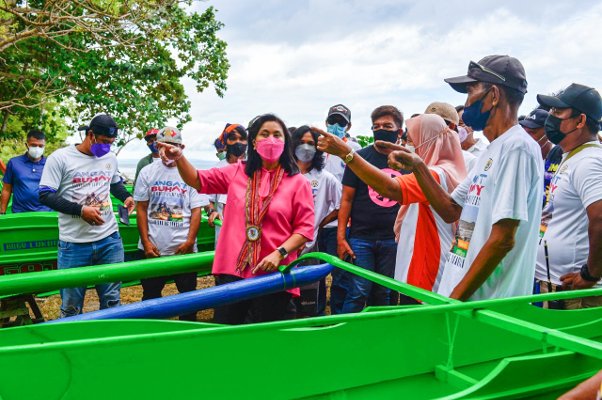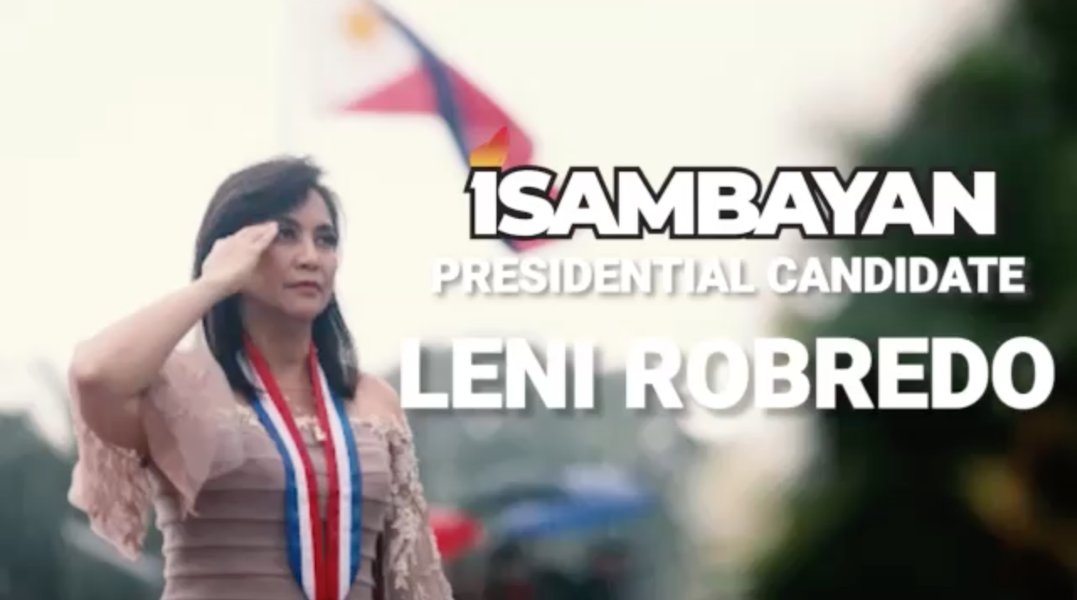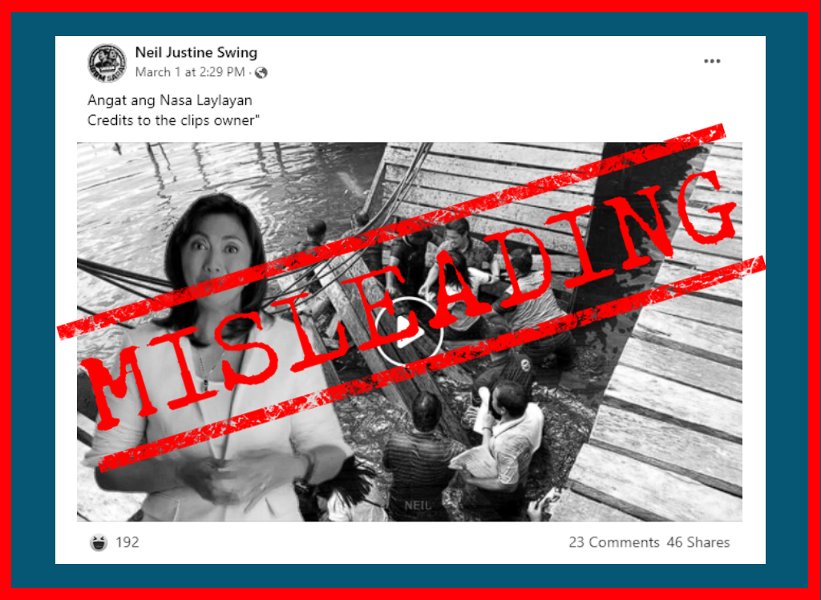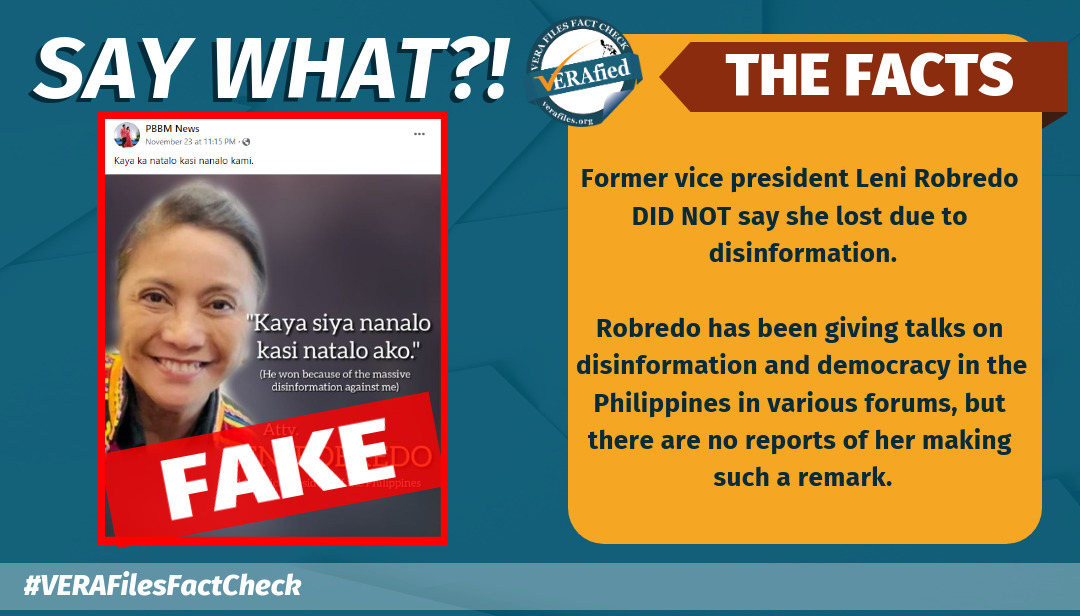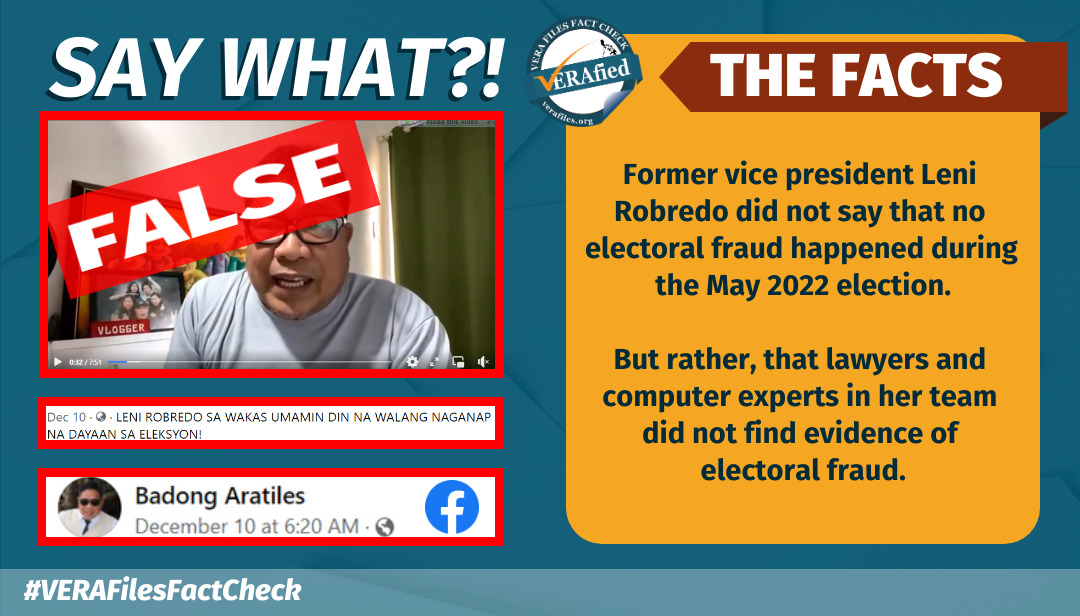If we are to believe the surveys, it appears that Vice President Maria Leonor “Leni” Robredo’s agenda for people living in the laylayan (fringe) of society has yet to have considerable impact on the targeted population segment.
The December 2021 polling by Pulse Asia showed Robredo being preferred by 21% of respondents belonging to Class E (poor) and 19% from D (working), or less than half of the support for Ferdinand “Bongbong” Marcos Jr., who got a rating of 49% from E and 54% from D.
Robredo’s 24% rating from those in the ABC (elite, middle and lower middle) classes is also far from Marcos’ 53%.
Her numbers already showed a big jump from her February 2021 rating of 8% from Class E, 8% from D and 4% from ABC. During the same period, Marcos also had 8% from Class E, 13% from D and 20% from ABC.
The vice president’s popularity is quite low at 10% in Mindanao and 14% in Metro Manila, compared to Marcos’ 64% and 61%, respectively.
With the official campaign period drawing nearer, we expect all candidates, not only Robredo and Marcos, to shift into high gear, with most, if not all, of them focusing on their programs to uplift the living standards of the poor.
Robredo’s camp has been drumbeating her work with the marginalized sectors, those in the “laylayan” of society, even long before she became a congresswoman in 2013, up to now that she is running for president. Strangely, her critics have been describing her as the candidate of the “elitists.”
As vice president, most of her programs and activities were geared for the underprivileged sectors — farmers, fisherfolk, health workers and small entrepreneurs. However, it seems that a significant number of this population segment would rather prefer a moneyed candidate who has never been poor and could hardly relate to their means of survival over somebody who works for them and brings government closer to them.
It’s like preferring someone who can potentially marginalize the poor over another who works hard to lift them from being marginalized.
Although it is still too early to predict the results of the May 9 elections, the popularity surveys somehow influence the decision of many voters, particularly those who would rather believe what they read on social media and in private chat groups and hear from talk around the neighborhood.
The Robredo camp considers her 20% overall rating in the December 2021 Pulse Asia survey against Marcos’ 53% good enough for now, saying they were expecting to place second to the son and namesake of the late dictator Ferdinand Marcos by January or February.
The vice president had said Marcos’ substantial lead in the pre-campaign survey was understandable, considering that he had prepared for his presidential run for more than six years already while she got into it on the 11th hour, having decided to seek the country’s top post only a few days before the deadline for the filing of candidacy certificates in early October 2021.
Some political observers say that Marcos may be peaking early in the political surveys while Robredo’s popularity across the different segments of the population is just about to pick up. This makes it interesting to watch out for the results of the next quarterly survey, which would probably be out by March.
Filipinos have seen in recent history that early survey leaders eventually went down as the official campaign period sets in. In 2010, then-senator Manuel “Manny” Villar Jr. was leading pre-election surveys but eventually landed third with only 5.57 million votes in the actual balloting, against Benigno “Noynoy” Aquino III gaining 15.21 million votes, followed by Joseph “Erap” Estrada with 9.49 million.
In 2016, then-vice president Jejomar “Jojo” Binay was leading initial surveys but ended up fourth in the actual balloting, with 5.42 million votes against then-Davao City mayor Rodrigo Duterte, who obtained the biggest number of votes with 16.60 million, followed by Manuel “Mar” Roxas II with 9.98 million and Grace Poe, with 9.10 million.
Although Pulse Asia had noted that its December poll results showed a presidential contender getting a “majority vote” equivalent in survey ratings — which has never happened in recent Philippine elections — victory in the actual elections may still be elusive for him. This means Robredo and her supporters have to work really hard in capturing a significant segment of the population, particularly those in the “laylayan,” without sidestepping those in the upper classes if she is to win the race.
The fight for the presidency in the upcoming elections is indeed tougher than before and voters are called upon to be more discerning in choosing the candidates to vote for. With mobility restrictions due to the COVID-19 pandemic, candidates have intensified their campaigning on social media, where disinformation is quite easy to spread and moneyed candidates can persuade a gullible public more easily.
The views in this column are those of the author and do not necessarily reflect the views of VERA Files.
This column also appeared in The Manila Times.
